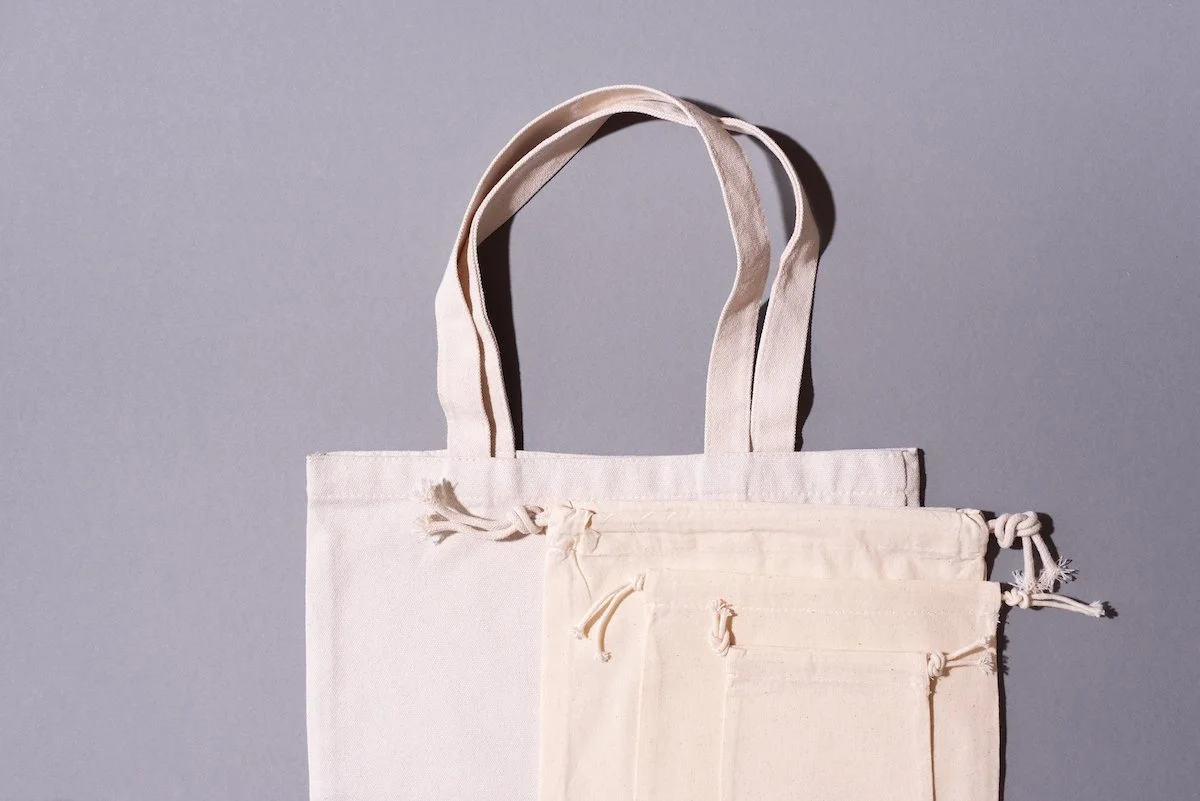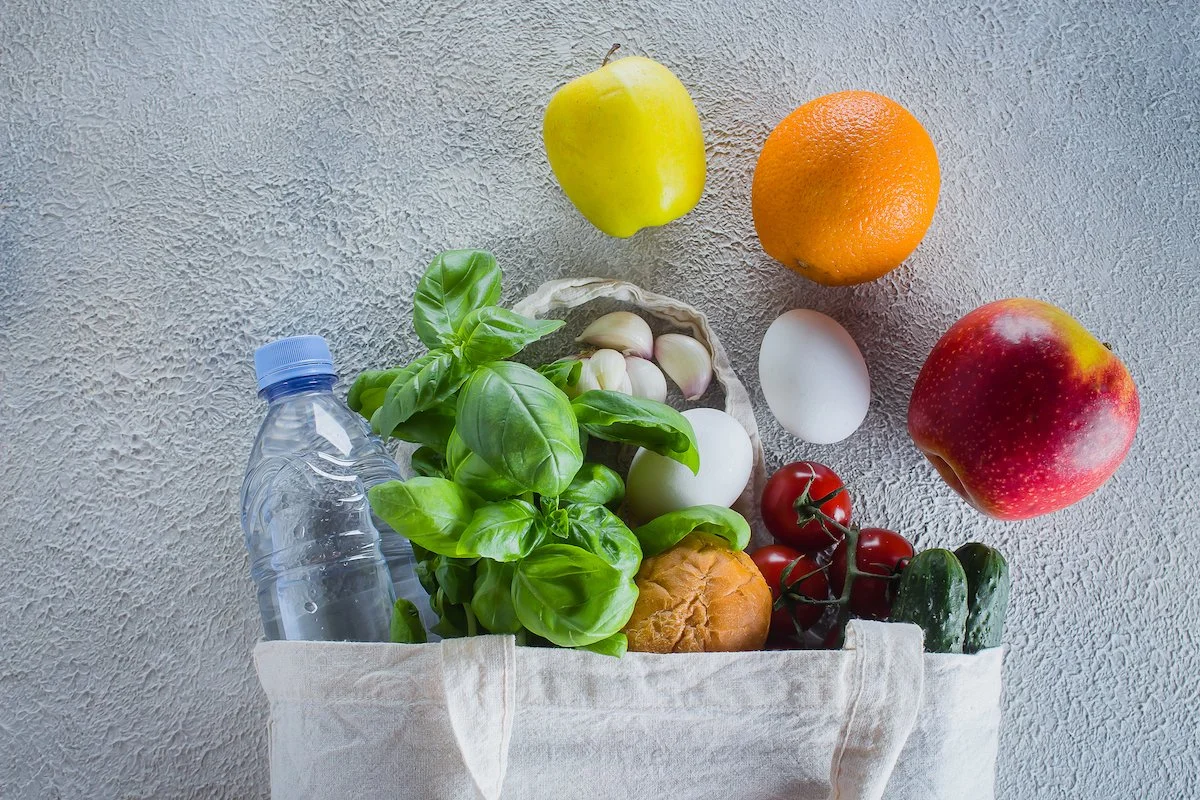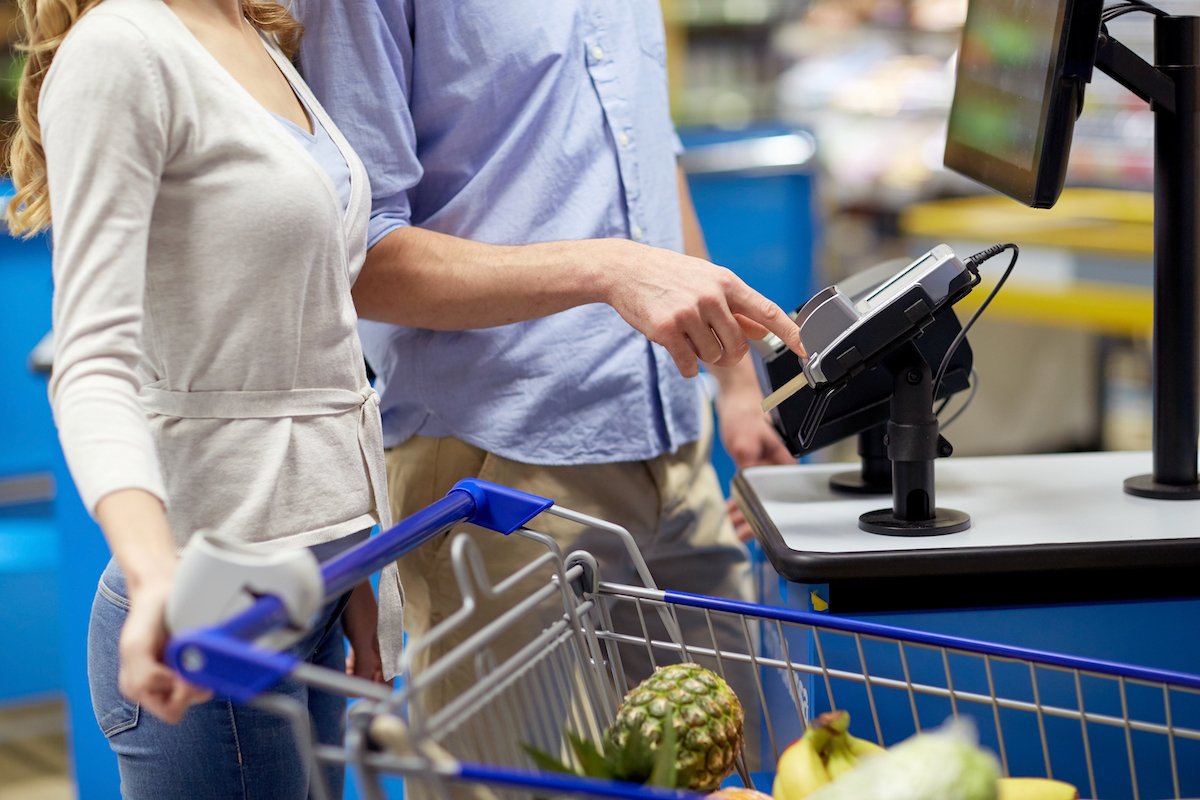Grocery Bagging Techniques Using Reusable and Paper Bags 🌎
Languages: English, French, Spanish (North America)
Media Editing: The video module(s) in this subject are editable under our Content Studio offering unless otherwise indicated. For more information about Content Studio, contact your CSM.
Description: Every customer has certain preferences about how their grocery bags are packed, as well as the type of bag that's used. More and more customers prefer an environmentally friendly option and will bring in their own reusable bags. Other customers prefer paper bags, which can not only be reused but recycled as well. In this subject, learners are taught how to pack both types of bags, so they are stable and easy to carry. They are also taught how they can provide a positive final impression of the store, since they are often the last employee a customer interacts. Please note this topic has no references to plastic shopping bags.
Languages: English, French, Spanish (North America)
Media Editing: The video module(s) in this subject are editable under our Content Studio offering unless otherwise indicated. For more information about Content Studio, contact your CSM.
Description: Every customer has certain preferences about how their grocery bags are packed, as well as the type of bag that's used. More and more customers prefer an environmentally friendly option and will bring in their own reusable bags. Other customers prefer paper bags, which can not only be reused but recycled as well. In this subject, learners are taught how to pack both types of bags, so they are stable and easy to carry. They are also taught how they can provide a positive final impression of the store, since they are often the last employee a customer interacts. Please note this topic has no references to plastic shopping bags.
Languages: English, French, Spanish (North America)
Media Editing: The video module(s) in this subject are editable under our Content Studio offering unless otherwise indicated. For more information about Content Studio, contact your CSM.
Description: Every customer has certain preferences about how their grocery bags are packed, as well as the type of bag that's used. More and more customers prefer an environmentally friendly option and will bring in their own reusable bags. Other customers prefer paper bags, which can not only be reused but recycled as well. In this subject, learners are taught how to pack both types of bags, so they are stable and easy to carry. They are also taught how they can provide a positive final impression of the store, since they are often the last employee a customer interacts. Please note this topic has no references to plastic shopping bags.
Topics
Preparing and Packing Reusable and Paper Bags
-
Customers now bring their own reusable bags or want an environmentally friendly option, like paper bags, to carry their groceries in. In Preparing and Packing Reusable and Paper Bags, learners are taught how to build walls, square foundations, and how to pack groceries in layers, to make any type of bag stable and easy for the customer to lift and carry. This topic includes an interactive module to aid learning.
-
Questions (level 1, 2, 3)
SCORM module (This module was created in a tool that is not supported by our Content Studio offering.)
-
This topic is currently available in English.
-
When greeting customers, ask if they brought their own reusable bags, or if they would like to use paper bags. This helps you get organized for packing their groceries.
When using a paper bag, open it by putting one hand through the center opening and squaring the bottom base to enable the paper bag to stay upright. (Bag is supported by its square base)
Do not snap a paper bag to open it; it can cause an injury if a corner were to hit someone in the eye.
To make the grocery bag more stable and easier for the customer to transport, use boxed items and cans to build a square foundation.
Help make the grocery bag more stable and easier for the customer to carry by building walls in the bag with boxed items, tall items, and cans.
Pack grocery items in layers, starting with heavy items on the bottom, and lighter items on top. Placing light items at the top won’t crush any of the other items in the bag.
Never throw items in a bag; gently place items at an appropriate speed. Dropping or throwing items can damage the item or other grocery items already in the bag.
Distribute the weight of the groceries across several bags, so it’s easier for the customer to carry, and so their bags don’t get damaged.
Don’t overload a single bag with heavy merchandise, so the bag doesn’t tear, or the customer doesn’t get hurt when they lift or carry the bag.
Preview of topic image for “Preparing and Packing Reusable and Paper Bags” as this topic’s module is a SCORM.
What to Pack Together and What to Pack Separately
-
In this topic, learners are taught what grocery items they should pack together, what they should pack separately, and what kinds of items shouldn’t be put in bags at all. Knowing what items to pack together and separately will help prevent cross-contamination, prevent items from being crushed and damaged, and help make sure customers are happy with how their grocery bags are packed. This topic includes an interactive module to aid learning.
-
Questions (level 1, 2, 3)
SCORM module (This module was created in a tool that is not supported by our Content Studio offering.)
-
This topic is currently available in English.
-
Place similar products together to avoid cross-contamination. For example, between pantry and frozen food items, between food and chemicals, etc.
Main types: fresh produce, raw meat, dry foods, dairy
Can also sort by temperature
Don’t place chemicals and food in the same bag. This will help prevent food items from getting ruined or becoming poisonous from chemical spills.
Do not place fresh produce and raw meat in the same bag. This will help to prevent cross-contamination from fluids that might spill from raw food packaging, like meat.
Make sure that all bottle caps are tightly closed before putting them in a bag to avoid spills and damage to other items.
Put light and breakable goods, like eggs, potato chips, and bakery goods on top of heavier non-breakable items to avoid crushing breakable items.
Don’t bag large items with handles, like gallons of milk or soda boxes, unless asked to by the customer. This helps to reduce unnecessary bag usage and reduces the risk of the items tearing through the bag.
Place greeting cards, gum, and other similar small items into a smaller bag, if available. Ask the customer if they would like to take this bag separately, or if they would like the smaller bag packed with other light items. This helps protect the smaller items, as they can get ruined easily if placed directly into a bag with other products.
Do not place glass items next to each other in a bag, as they can break if they collide with each other. Separate them in between other items.
Preview of topic image for “What to Pack Together and What to Pack Separately” as this topic’s module is a SCORM.
Providing a Positive Final Impression
-
Since cashiers and grocery baggers are often the last employees a customer interacts with, it’s important that they provide a positive final impression. In this topic, learners are taught how they can enhance the customer’s experience by placing heavy items, like soda boxes or large bags of pet food, in the lower area of their shopping cart, thanking the customer for their business, and more.
-
Questions (level 1, 2, 3)
Video module
-
Translated content is typically AI-generated, and in some instances, it's been human-reviewed. Review the list below for translation details within this topic.
English
French
Questions = AI-translated
Video = AI-translated
Spanish
Questions = human-translated
Video = human-translated
-
Assist customers with heavier items, like soda boxes or large bags of pet food, and place them in the lower area of their shopping cart. This helps save space in the main section of the cart and provides better cart stability.
Gently place packed bags into the shopping cart, placing bags with heavier non-breakable items along the bottom of the main basket and place lighter bags on top, so the groceries don’t get crushed or damaged.
If required, offer to assist the customer to their car or the grocery pick up area, especially if they have heavier items. This can help provide a more comfortable shopping experience to customers.
Since baggers and/or cashiers are possibly the last employee the customer will interact with, make sure to thank the customer for their business, to help make sure they have a positive last impression of the store.
Tidy the bagging station in between each customer. Re-use any leftover open paper bags that are in good condition and discard any bags that have rips or tears. This will make a more efficient bagging process for the next customer and give a good impression of tidiness.








